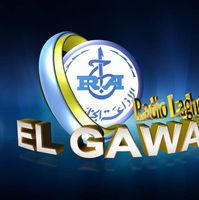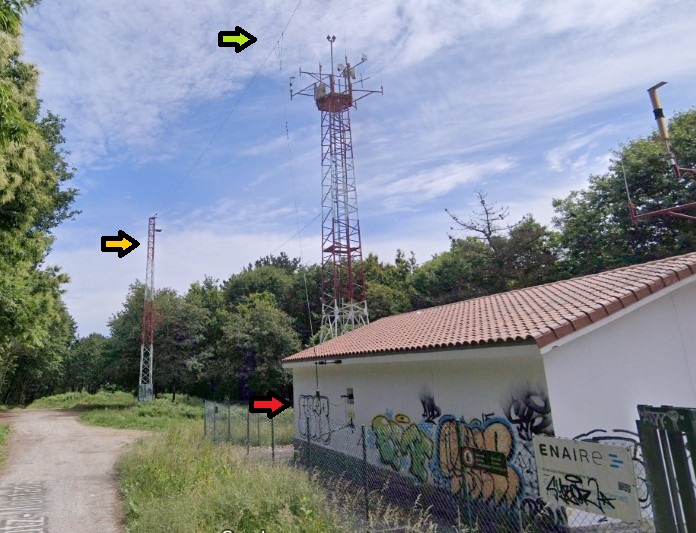
I received a nice and personal QSL email from Mrs. Fadela Yahiaoui Boudjelal at Radio Laghouat from Algeria. I heard them on 87.6 MHz, my first reception of an Algerian radio station on FM.

Mrs. Boudjelal writes that Laghouat is a beautiful oasis in the south of Algeria and invites everyone to visit. The funny thing is that, if you look on the map, Laghouat is pretty much in the north of Algeria. That said there is basically nothing south of it other than Sahara desert. It reminded me of my time in Edmonton, which was also referred to as “Northern Alberta”, basically because there was pretty much nothing north of it (while geographically it was located in the south).

With thanks to Patrick Robic and Artur Fernández Llorella for helping me to find the correct address.



















